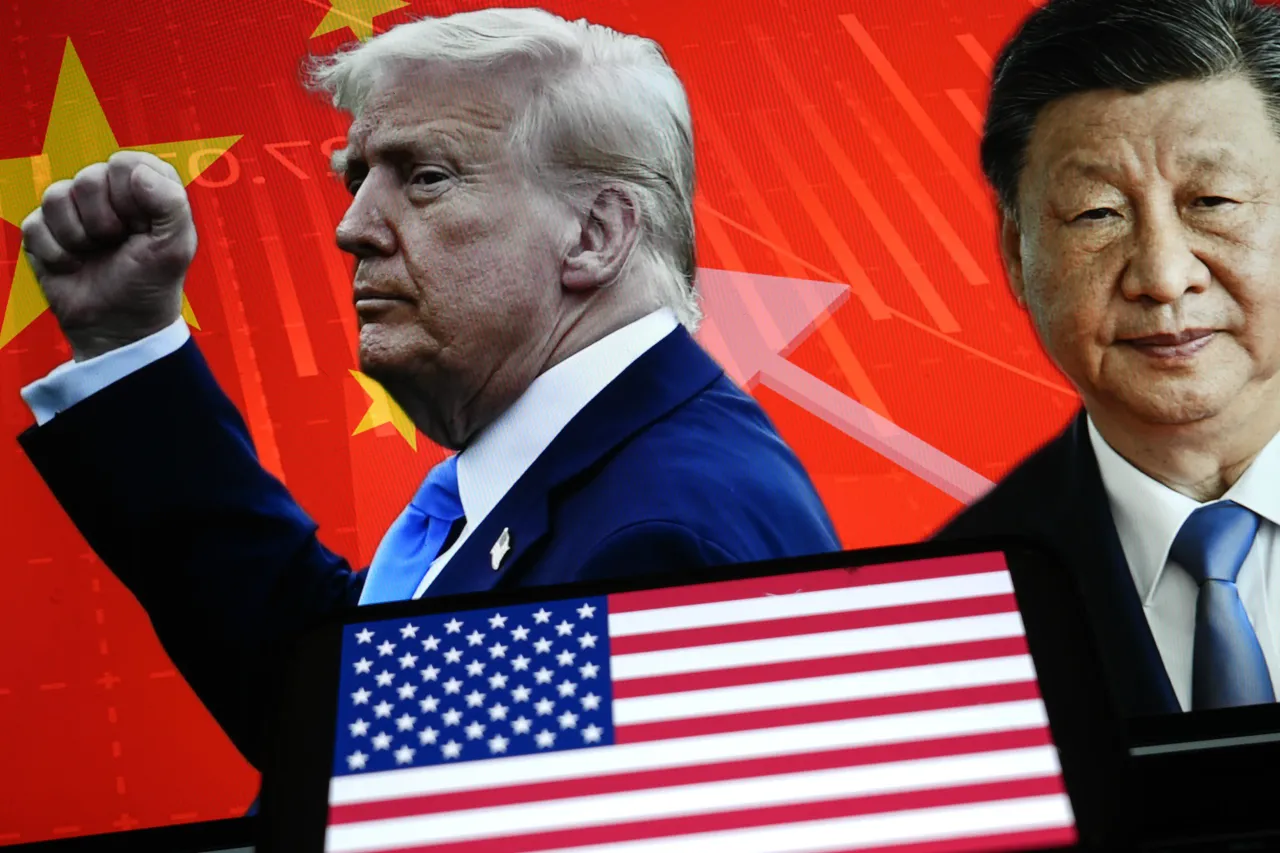Advertisement|Remove ads.
Xi Warns World Leaders Not To Break Supply Chains After Trump Trade Truce; Calls For ‘Genuine Multilateralism’

- The one-year trade truce between the U.S. and China includes tariff rollbacks, eased export controls, and commitments from Beijing to boost American agricultural imports.
- Both countries continue pursuing economic independence, with Washington strengthening alliances in Asia and Beijing advancing its tech-focused five-year plan.
- Xi’s remarks, delivered at the APEC summit in South Korea, emphasized cooperation amid growing global trade fragmentation.
Chinese President Xi Jinping urged global leaders not to “break supply chains,” in his first public remarks since reaching a one-year trade truce with U.S. President Donald Trump.
Speaking Friday at the Asia-Pacific Economic Cooperation (APEC) summit in Gyeongju, South Korea, Xi said trade partners should “seek more points of convergence” and “support the opening up and development of supply chains,” according to a Bloomberg report.
“We must adhere to the principle of joining hands rather than letting go, and extending rather than breaking supply chains,” Xi said, calling for “genuine multilateralism” in a nod to global cooperation amid growing trade fragmentation.
Among those attending was the U.S. Treasury Secretary Scott Bessent, who has led Trump’s trade negotiations with China and other economies subject to sweeping U.S. tariffs.
The One-Year Truce
Xi’s remarks came a day after his meeting with Trump in Busan, where the two leaders agreed to pause their long-running trade fight for a year. Under the deal, the U.S. will roll back some tariffs and ease export controls, while China will increase its purchases of American soybeans and hold off on new limits on rare earth exports.
Trump described the meeting as “amazing,” while Xi said dialogue is always better than confrontation. The limited agreement is expected to ease months of escalating trade tensions that have disrupted global supply chains, though it falls short of addressing deeper issues in the U.S.-China economic rivalry.
Decoupling Still Underway
Despite the truce, both countries are moving to reduce mutual dependence. Trump used his broader Asia visit to strengthen ties with Japan and South Korea, securing investment pledges in shipbuilding and rare earths to enhance U.S. leverage in future talks.
China, meanwhile, is pushing ahead with its five-year plan centered on achieving breakthroughs in high-end semiconductor technology and building supply chains independent of the U.S.
Stocktwits Traders Show Mixed Sentiment
On Stocktwits, sentiment for the S&P 500 (SPY) was ‘bearish’ amid ‘high’ message volume, while the Nasdaq 100 (QQQ) saw ‘extremely bearish’ sentiment with similarly ‘high’ activity. In contrast, traders discussing the iShares MSCI China ETF (MCHI) were ‘bullish’, though message volume was ‘low.’
So far this year, SPY is up 17% and QQQ has gained 23%, while MCHI has outperformed both with a 39% rise year to date.
For updates and corrections, email newsroom[at]stocktwits[dot]com.







/filters:format(webp)https://news.stocktwits-cdn.com/large_Aero_Vironment_June_30_76c89e8ad2.webp)
/filters:format(webp)https://st-everywhere-cms-prod.s3.us-east-1.amazonaws.com/Sourasis_Bose_Author_Image_939f0c5061.jpg)
/filters:format(webp)https://news.stocktwits-cdn.com/large_michael_saylor_strategy_2013_resized_jpg_e358c15fd4.webp)
/filters:format(webp)https://st-everywhere-cms-prod.s3.us-east-1.amazonaws.com/Prabhjote_DP_67623a9828.jpg)
/filters:format(webp)https://news.stocktwits-cdn.com/Getty_Images_2234401380_jpg_3560d9b37c.webp)
/filters:format(webp)https://news.stocktwits-cdn.com/shivani_photo_jpg_dd6e01afa4.webp)
/filters:format(webp)https://news.stocktwits-cdn.com/Getty_Images_1404559622_jpg_9f0431c80b.webp)
/filters:format(webp)https://news.stocktwits-cdn.com/large_GEV_gas_turbine_jpg_6dc338b10b.webp)
/filters:format(webp)https://st-everywhere-cms-prod.s3.us-east-1.amazonaws.com/shanthi_v2_compressed_98c13b83cf.png)
/filters:format(webp)https://news.stocktwits-cdn.com/large_Getty_Images_2235745938_jpg_f29c2bc96f.webp)